
Frances Arcadia Willoughby St. John Chappelle (July 2, 1897 - September 6, 1936) was an Assistant in Psychology at the University of Nevada.

Frances Arcadia Willoughby St. John Chappelle (July 2, 1897 - September 6, 1936) was an Assistant in Psychology at the University of Nevada.

Frances Arcadia Willoughby St. John was born on July 2, 1897, in Philadelphia, Pennsylvania, the daughter of Lettie Willoughby St. John, a direct descendant of the first Lord Willoughby and one of the first women to graduate from a medical college. She was also an artist and magazine illustrator. [1] [2]
Frances A.W. St. John graduated from Bryn Mawr College [2] and University of Pennsylvania and took graduate work at the University of Toulouse, France, specializing in French, Psychology and Anthropology. [1] [3]
After graduation she joined the staff of the psychological clinic at the University of Pennsylvania. [2]
She moved to Nevada in 1924 and lived at 576 Ridge Street, Reno, Nevada. In 1925 she married Benjamin Franklin Chappelle (1885–1948). [1] [4]
She was Assistant in Psychology at University of Nevada. She was State president of the Nevada League of Women Voters. [1] She conducted private classes for the Young Women's Christian Association. [2]
She was a member of Twentieth Century Club, League of Women Voters, American Association of University Women, Zeta Tau Alpha, Phi Kappa Phi. [1]
Frances Chappelle died on September 6, 1936, Reno, Nevada, 5 days after the birth of her only daughter. Another daughter died at birth in 1934. [5] She is buried at Chapel of the Chimes, Columbarium and Mausoleum Oakland, California. [1]

William Barton Yarborough was an American actor who worked extensively in radio drama, primarily on the NBC Radio Network. He is famous for his roles in the Carlton E. Morse productions I Love a Mystery, in which he played Doc Long, and One Man's Family, spending 19 years portraying Clifford Barbour. In addition, Yarborough spent three years portraying Sgt. Ben Romero on Jack Webb's Dragnet.

Alexis Felix du Pont Sr. was a member of the American du Pont family who served as a vice president and director of E. I. du Pont de Nemours & Co. and a philanthropist who helped found St. Andrew's School in Middletown, Delaware.

Newell Obediah "Bud" Morse, Sr. was an American baseball second baseman and attorney. He played college baseball for the University of Michigan and played Major League Baseball for the 1929 Philadelphia Athletics team that won the 1929 World Series and is considered one of the greatest baseball teams in history. He later practiced as an attorney in California and Nevada. In 1957, he was recognized by the Governor of Nevada for "exceptional acts of heroism" in disarming a gunman who had run amok in the Reno, Nevada veterans' hospital, killing two persons and injuring a third.
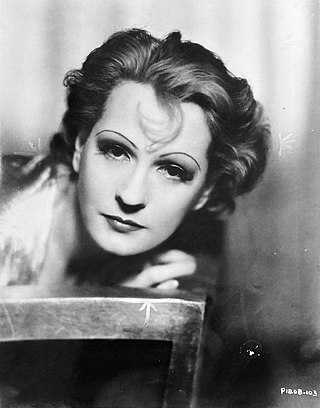
Juliette Compton was an American actress whose career began in the silent film era and concluded with That Hamilton Woman in 1941.
Hazel Bell Wines was a US teacher, politician, artist, and organizer for historical preservation in Nevada. Assemblywoman Hazel Bell Wines, her father, Senator William "Johnny" Bell, and daughter, Assemblywoman Gene Wines Segerblom were the first grandfather, mother and daughter to all serve as state legislators. She was born in Paradise Valley, Nevada.
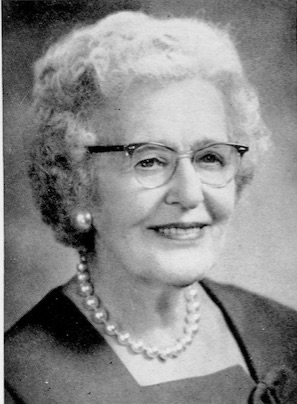
Leslie Bradley Cutler (1890-1971) was an American politician who served in the Massachusetts Senate.

Rachel Fitch Kent was an Instructor in English at University of Nevada.
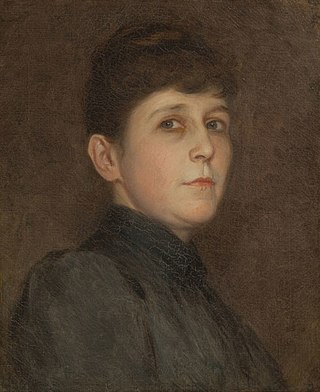
Ida Waugh was an American illustrator of children's literature who often collaborated with her lifelong companion, Amy Ella Blanchard.
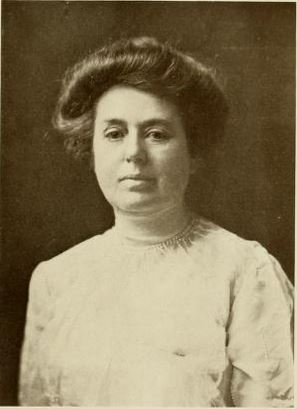
Jane Frances Winn who wrote as Frank Fair, called the "dean of newspaper women" in St. Louis, was an influential American journalists of the early 20th century. By 1903 she was recognized as a journalist to whom "even men" paid their homage: The Journalist, a New York City weekly periodical about newspaper people and their work, profiled Winn in its series of prominent writers.
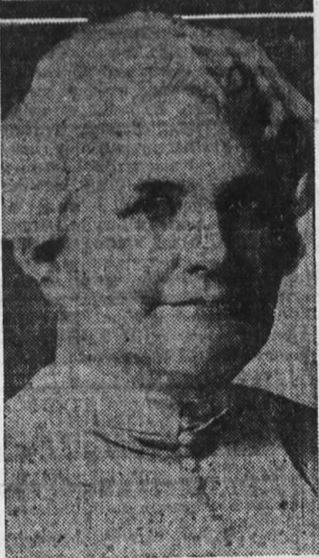
Harriet T. Averill Haas was an American attorney and member of Piedmont Board of Education in the city of Piedmont, California. She was one of the most highly regarded members of the Alameda County, California bar.
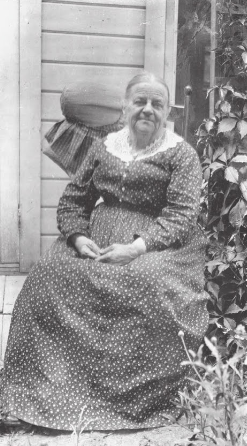
Frances Ann Gore Hazlett was one of the oldest pioneer women of Nevada.

Bernice Orpha Redington was a home economics expert and journalist, her bylines being Prudence Penny, Carolyn Cuisine and Mary Mills.

Ittie Kinney Reno was a novelist and social leader.

Queena Marian Tillotson, known professionally as Queena Mario, was an American soprano opera singer, newspaper columnist, voice teacher, and fiction writer.
Clyde Alvin Lynch was an American pastor, professor of homiletics and theology, and president of Lebanon Valley College from 1932 until his death. As well as holding positions in national educational associations and in the masonic Grand Lodge of Pennsylvania, Lynch chaired the Pennsylvania Commission on Displaced Persons.

Women's suffrage began in Nevada began in the late 1860s. Lecturer and suffragist Laura de Force Gordon started giving women's suffrage speeches in the state starting in 1867. In 1869, Assemblyman Curtis J. Hillyer introduced a women's suffrage resolution in the Nevada Legislature. He also spoke out on women's rights. Hillyer's resolution passed, but like all proposed amendments to the state constitution, must pass one more time and then go out to a voter referendum. In 1870, Nevada held its first women's suffrage convention in Battle Mountain Station. In the late 1880s, women gained the right to run for school offices and the next year several women are elected to office. A few suffrage associations were formed in the mid 1890s, with a state group operating a few women's suffrage conventions. However, after 1899, most suffrage work slowed down or stopped altogether. In 1911, the Nevada Equal Franchise Society (NEFS) was formed. Attorney Felice Cohn wrote a women's suffrage resolution that was accepted and passed the Nevada Legislature. The resolution passed again in 1913 and will go out to the voters on November 3, 1914. Suffragists in the state organized heavily for the 1914 vote. Anne Henrietta Martin brought in suffragists and trade unionists from other states to help campaign. Martin and Mabel Vernon traveled around the state in a rented Ford Model T, covering thousands of miles. Suffragists in Nevada visited mining towns and even went down into mines to talk to voters. On November 3, the voters of Nevada voted overwhelmingly for women's suffrage. Even though Nevada women won the vote, they did not stop campaigning for women's suffrage. Nevada suffragists aided other states' campaigns and worked towards securing a federal suffrage amendment. On February 7, 1920, Nevada became the 28th state to ratify the Nineteenth Amendment.
Mae Caine was a 20th-century American suffragist and women's rights activist, civic leader, and government official in Nevada. President of the Suffrage Society in Elko County, she was also a vice president of the Nevada Equal Franchise Society, and a delegate from Nevada to the 45th convention of the National American Woman Suffrage Association in Washington, D.C.
Florence Brillinger (1891–1984) was an American abstract artist known for her abstract cityscapes and non-objective paintings. Born and raised in a village near York, Pennsylvania, she worked mostly in York, Provincetown, Massachusetts, and Manhattan and showed most frequently in exhibitions held by the art associations of Provincetown and York and the Museum of Non-Objective Painting in New York. Largely self-trained, she studied briefly in Philadelphia.
Harriet Hope Trudell was an American political organizer and activist. She was a delegate at the 1976 Democratic National Convention and the 1980 Democratic National Convention. She ran the 1968 presidential campaign of Hubert Humphrey in Nevada and the 1972 presidential campaign of George McGovern in southern Nevada and served as an aide to Governor Mike O'Callaghan and Representative Harry Reid.

Reverend Brewster Yale Beach was an Episcopal minister, vicar and renowned Jungian psychotherapist in Manhattan. He became Deacon of the Cathedral of St. John the Divine in New York, and Canon by Bishop J. Brooke Mosley in Delaware. He founded the center for Jungian Studies in Rye, New York, and was elected Director of Christian education for the State of Delaware.